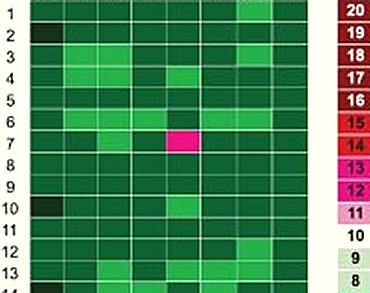Many cancers result from chromosomal translocations in tumor cells. Hundreds of these cancer-causing rearrangements of genetic material have been discovered, but current methods for detecting them have significant shortcomings.
Stephen Lessnick, Huntsman Cancer Institute (HCI), University of Utah, USA, and colleagues report the discovery of a method to identify chromosomal translocations quickly, accurately, and inexpensively. The technique which originally was used to study RNA in yeast combines microarray technology, which can look for thousands of translocations in a single test, with a novel antibody that is used to detect the presence of the translocation.
The research used Ewing’s sarcoma, a rare childhood cancer, as the case study for developing the method, but Lessnick says that the technology can be easily applied to any type of cancer caused by a translocation and that it has the potential for developing a single array that could test for every known cancer-causing translocation simultaneously. The next task is to find a commercial partner to develop this research into a diagnostic test that doctors can use to help their patients.
- Antibody detection of translocations in Ewing sarcoma,
Wen Luo, Brett Milash, Brian Dalley, Richard Smith, Holly Zhou, Natalie Dutrow, Bradley R. Cairns Stephen L. Lessnick,
EMBO Mol. Med. 2012.
DOI: 10.1002/emmm.201200225
EMBO Molecular Medicine, one of the highest cited journals in the biomedical sciences, is now a fully Open Access journal.




